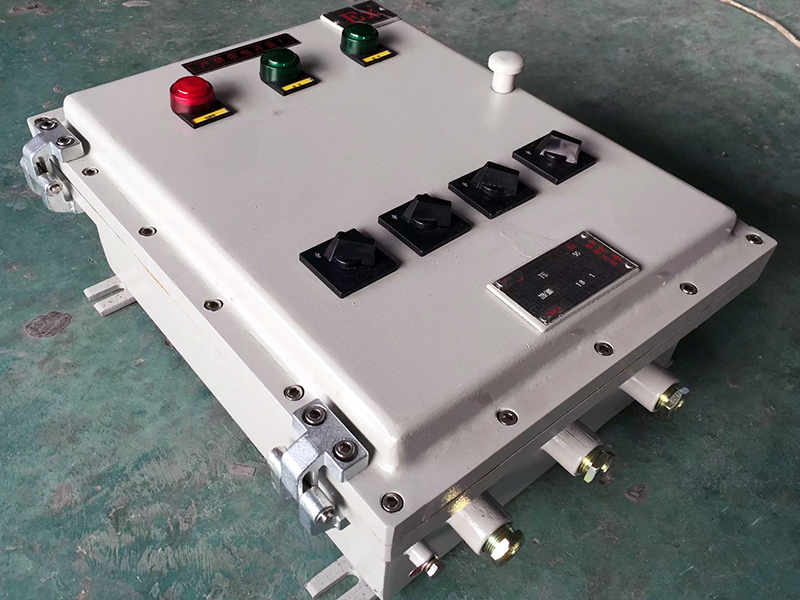In the event that an explosion-proof lighting distribution box fails and loses its explosion-proof capability during normal use, the risks are significant. The proper functioning of these boxes is crucial for safety in hazardous environments. Immediate measures to prevent the loss of explosion-proof effectiveness are imperative.

Key Precautions:
1. When purchasing explosion-proof lighting distribution boxes, it’s essential to choose from reliable manufacturers to ensure the quality meets standards and complies with national explosion-proof regulations.
2. The application of explosion-proof lighting distribution boxes must be in accordance with specific requirements to guarantee their appropriate use.
3. In practice, avoid inadequate operation of these boxes. Some workers may have lower standards of conduct and a lack of safety awareness, leading to operational errors or violations. Given the prevalent flammable and explosive risks in factories, even high-quality boxes can fail. Therefore, enhancing safety education and training to improve staff awareness is crucial.
4. Regular inspections and maintenance of explosion-proof lighting distribution boxes are necessary during use. All operations must adhere to explosion-proof regulations, as any non-compliant action can compromise the system’s explosion-proof functionality.
5. To ensure a safe power supply, the operational voltage, current, and temperature of the distribution boxes should not exceed the rated control values. Pay close attention to the risk of overheating at line connections or entry points. In environments with steam explosive materials, set up the distribution boxes as per requirements to manage environmental temperature and heating.
6. Strengthen daily management and maintenance, regularly maintain equipment and circuits, keep systematic logs, and continuously improve explosion-proof management strategies.
 Shenhai Explosion-Proof
Shenhai Explosion-Proof
